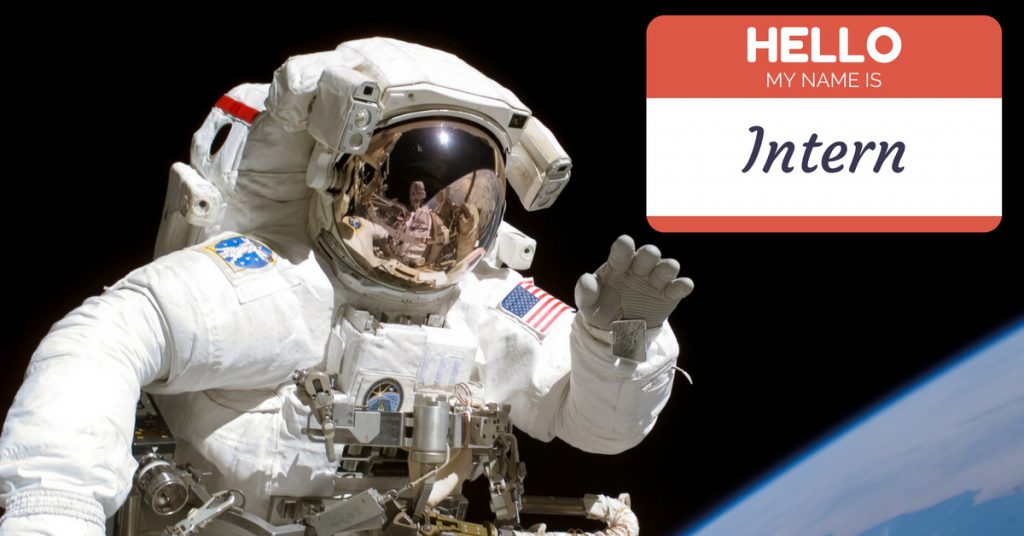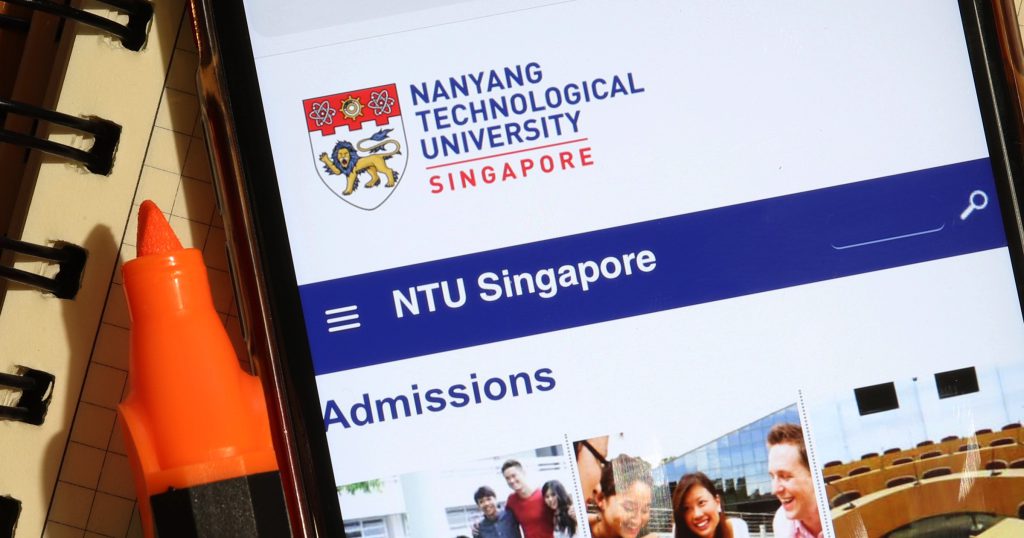We are now in the month of August and that means one thing for many university students – it is back to the daily grind of going to school and downing cups of coffee to get through each passing day.
Perhaps the one thing that is causing me the biggest headache, yet filling me with much anticipation, is sourcing for internships.
Thinking about which company I wish to explore and step foot into gives me butterflies and nerves – is working at the CBD for me, or do I wish to take the road less travelled by those in the pursuit of the same degree as me and venture into a workplace livelier and more vibrant?
The latter seems to suit me more.
As I wrack my brains to figure out where the most exciting place in to intern at in Singapore is, my sister casually mentions to me, ‘I have a friend who did an internship with NASA’.
Say what?
Kevin – 1, Me – 0

During his freshman year at Massachusetts Institute of Technology (MIT), Kevin, who wishes to only be known by his first name, longed to enrich his academic experience. He then embarked on MIT’s Undergraduate Research Opportunities Program (UROP).
It was during his college’s orientation that the project leader of the MIT Planetary Geodynamic Group gave a welcome talk which immediately captured his attention.
Unable to pass up such a brilliant opportunity to research for none other than the National Aeronautics and Space Administration (NASA), he sent an email to the professor that led the project, Professor Maria Zuber.
He was subsequently accepted as a student researcher after an interview.
Despite never having the opportunity to step into NASA, we have to give it to MIT for being a pretty sweet place to work and research at.

Internship Project
Here’s what Kevin’s project was about: a couple years ago, NASA sent a satellite, Cassini, to Jupiter to learn about the planet and its moons.
His project revolved around mapping out Titan, Saturn’s biggest moon.

Kevin related how there were many different ways and techniques that could be used to explore Titan – one of them was to emit an electromagnetic (EM) wave and to analyse the reflection.
The data gathered from the satellite then had to be cleaned up by another team before it was sent to his team in the form of a three-dimensional (3D) matrix. (Yes, this sounds just as brainy and confusing to me as it does to you. We have to admit that it’s pretty cool though).
Kevin’s job was then to code and run programs to dissect and choose the relevant data from thousands of matrices.
Impressively, through days and nights of hard work and perseverance, Kevin came up with fewer than 100 relevant datasets. Following that, he had to analyse the data one by one.
Sounds arduous and gruelling, but hey, it’s NASA we’re talking about here.
“This Was Super Cool”
When asked about a memorable occurrence that Kevin encountered during his internship, he recounted one specific incidence with pride.
As the satellite passed Titan occasionally, there was once a breakthrough moment where he noted significant results and immediately presented them to his supervisor, Jason Soderblom.
These findings were so substantial that his supervisor went to the extent of contacting the satellite team to make changes to the satellite’s route and the EM wave emitter, so that more data could be collected.
“This was super cool”, he said, fondly remembering that proud and exciting moment for himself.
The Struggle And Stress Was Worth It
Of course, successes never come easily. Kevin recounted on how the biggest challenge that he faced was dealing with the data. It was his first time writing codes, and to do it on a scale so large for an organization so prestigious was definitely nerve-wracking.
However, with the breakthroughs and successes he faced, coupled with the great learning experience that only organisations like NASA and colleges like MIT could provide, the struggle and stress was worth it.
When asked what his greatest takeaway was from his internship, it was that it takes a lot more effort than he thought to come up with a picture of a planet that we normally see in public.
Indeed, there’s more than meets the eye when it comes to many things in science – planetary science and astronomy in this case. Therefore, an internship at NASA was definitely enriching and eye-opening for Kevin.
So, if you have ever wondered what it’s like to have an internship working for a project with NASA, there you have it!










